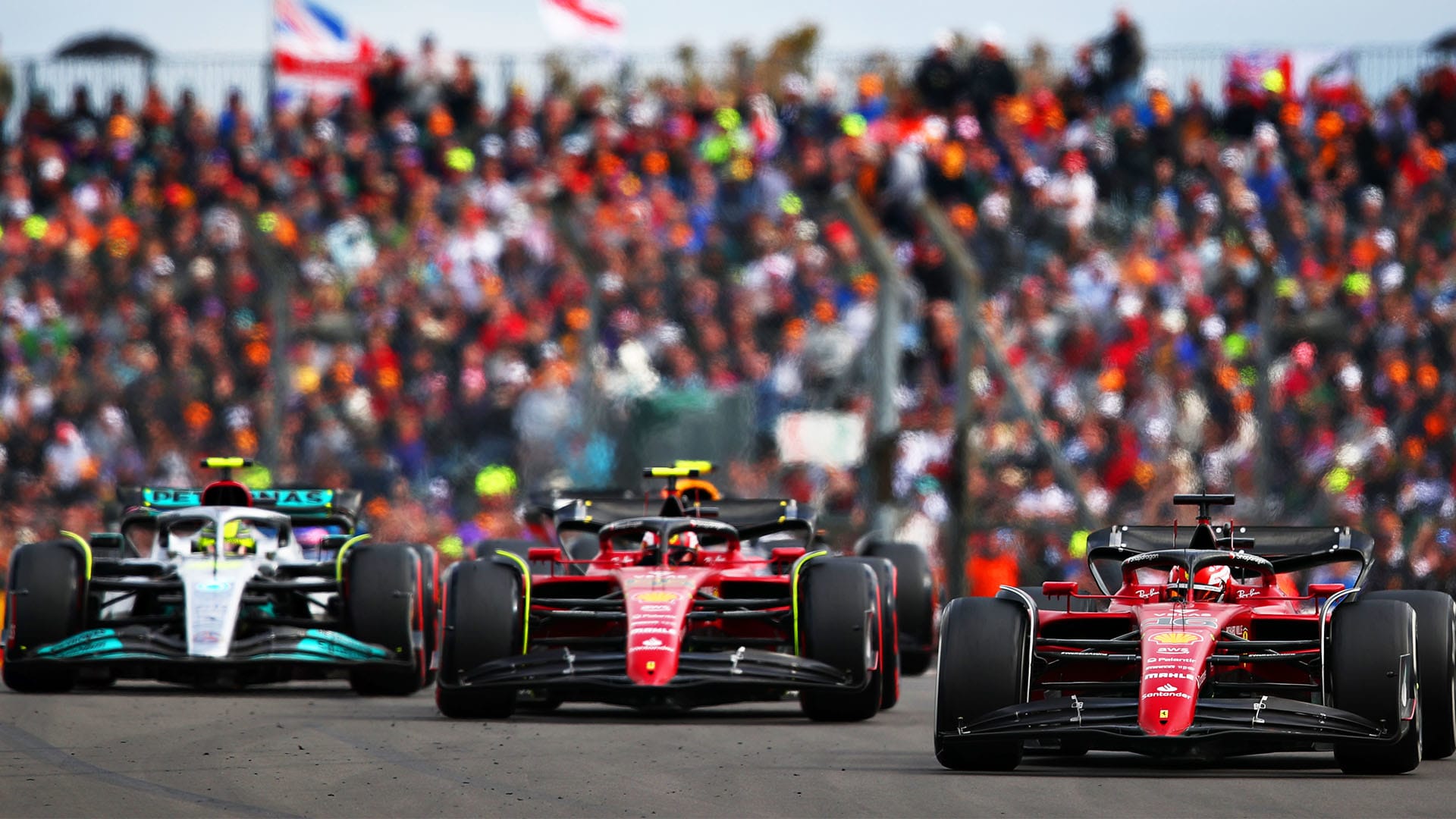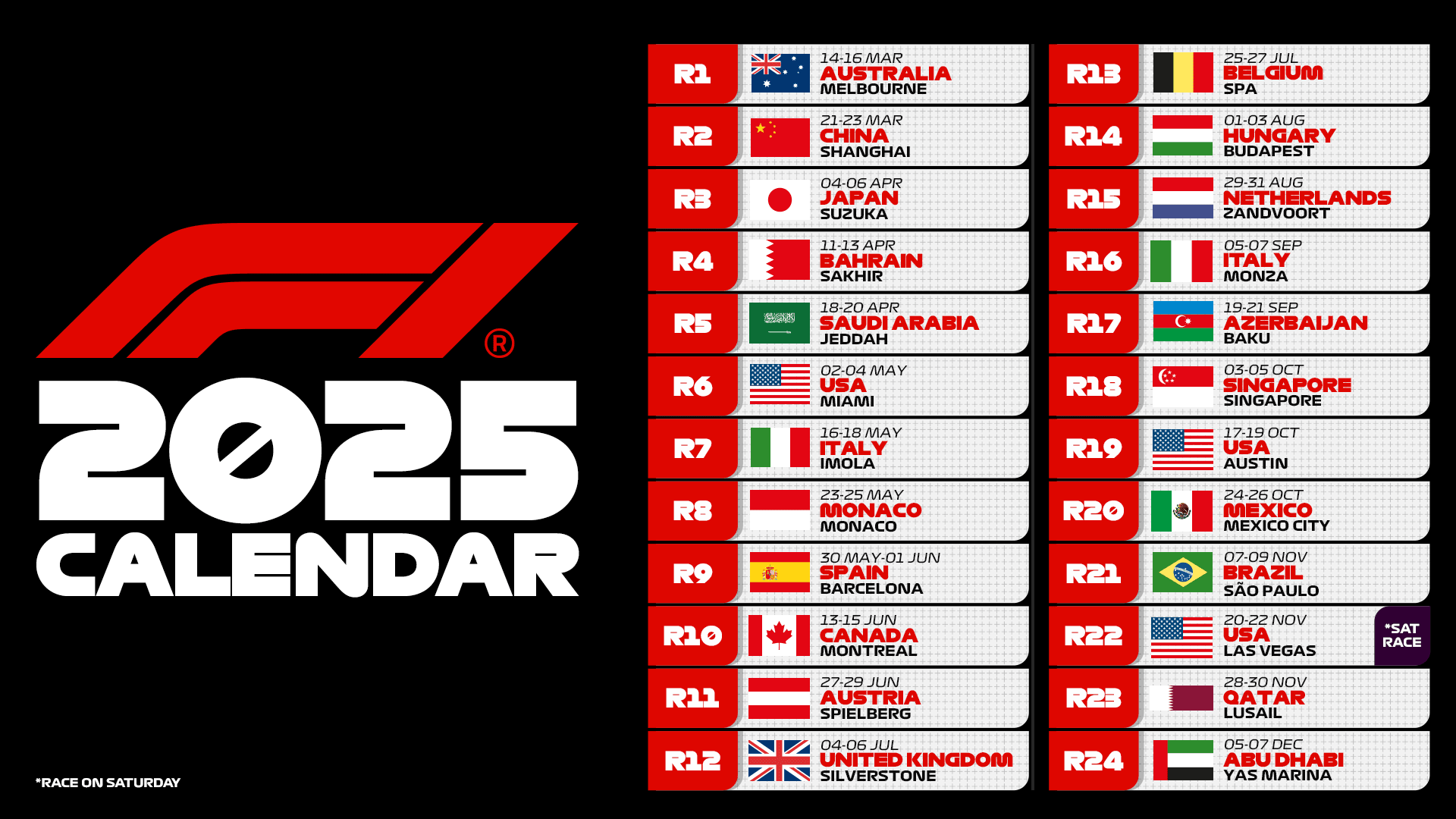Even if no huge changes from a regulation point of view have been announced for the 2023 season, fans of the category know it: Formula 1 never really stands still and, as often happens, the technicians had to take into account some rule changes during the design of the new single-seaters for the next campaign. However, the changes will not only affect the technical regulations, but also the sporting ones. Let’s take a look at the major changes that will be introduced in the next Formula One championship.
Diffusers and ground clearance
To complete the regulation that came into force during the previous championship in 2022 to try to remedy the problem of porpoising and keep under control the flexibility of the floor of the cars, the FIA has decided to approve a further package of rules with the aim of correctly monitoring the situation of the teams.
From the 2023 championship the edges of the floor will be raised by 15 mm, the throat of the diffuser raised, the rigidity of the edge of the diffuser increased and a sensor added to keep the porpoising effect under control.
Increased safety of roll hoops
After having found some weaknesses in terms of safety of the roll hoop following the crash which Guanyu Zhou suffered in Great Britain last year, the governing body has decided to make modifications also to this component present above the safety of Formula 1 drivers.
From 2023 the roll hoop will have to have a rounded upper part so as to reduce the possibility that the tip sticks into the ground if the car is overturned, just as happened in the case of the Alfa Romeo Chinese driver. A minimum height must also be guaranteed for the point of application of the load for the homologation test. From this year the component will also be subjected to another stress test with a force applied forward towards the front wing of the single-seater.
Reduction of the minimum car weight
The weight of the single-seater, a critical point of the new F1 cars presented at the start of the 2022 season, will be reduced by 2 kg so as to push the teams even further to the limit in the search for solutions capable of making their projects lighter. We will thus go from last year’s 798 kg to the 796 kg established for 2023. Fuel is excluded from the total.
Show your support for Scuderia Ferrari with official merchandise collection! Click here to enter the F1 online Store and shop securely! And also get your F1 tickets for every race with VIP hospitality and unparalleled insider access. Click here for the best offers to support Charles and Carlos from the track!
Show your support for Scuderia Ferrari with official merchandise collection! Click here to enter the F1 online Store and shop securely! And also get your F1 tickets for every race with VIP hospitality and unparalleled insider access. Click here for the best offers to support Charles and Lewis from the track!
The number of Sprint Races will go increase from three to six
Relying on the excellent feedback received in the last two seasons, Formula1 has decided to increase the events featuring the Sprint Qualifying format from three to six. The weekends that will be run based on this format in 2023 will be Azerbaijan (Baku), Austria (Red Bull Ring), Belgium (Spa-Francorchamps), Qatar (Lusail), the United States (Circuit of The Americas ) and São Paulo (Interlagos).
This increase was also followed by a modification that satisfies the requests of the teams in terms of budget caps: for each weekend characterized by this format, the teams will enjoy an indemnity of 300,000 dollars which will be due to them in the event that one of the own cars were to be involved in a crash.
The rules regarding the parc fermé regime during these six events are still being revised.
DRS activation test
During the Sprint Races that will take place in 2023, Formula 1 will also carry out a test regarding the early activation of the DRS, going from the three laps currently envisaged to the two after the race start, in the case of a race restart after Safety Car periods.
Qualifying sessions: 2 tests will be carried out in 2023 with a new format
On the occasion of two GPs in the 2023 season, Formula1 will try to evaluate a new qualifying format to make the Saturday session more exciting and spectacular. The test will include the use of only Hard tires in Q1, Medium tires in Q2 and Soft tires in Q3. If the session is declared wet, the drivers will be able to use Intermediate or Wet as they like depending on the conditions they will find on the track.
During these testing events, drivers will not be permitted to use more than 11 sets of dry tyres, 4 sets of intermediates and 3 sets of full wet tires as compared to the current 13 sets of dry tyres, 4 intermediates and 3 extreme wet tyres.
Gear box regulation
If in previous seasons modifications to the single-seater transmission were permitted only “to solve reliability problems” or “to save costs at the beginning of each season”, now it will also be possible to intervene “in the event of unavailability of materials, processes or proprietary parts”. Obviously, before any modification, clear documentation must be provided to justify the intervention, which must therefore also obtain the approval of the FIA.
Grid penalty: clarification arrives
Following the many controversies generated during last season due to the excessive relegations on the starting grid, following the replacement of elements of the power unit, the FIA has decided to clarify a statement present in the regulation: “Classified drivers who have taken more than 15 cumulative grid position penalties, or who have been penalized for starting at the back of the grid, will start behind any other classified driver. Their relative position will be determined based on their qualifying rankings.”
Greater flexibility regarding fuel cooling
For the hottest races in 2023, the FIA will grant more flexibility to teams regarding fuel cooling. Starting this year, the fuel temperature must not be lower than 10°C compared to the ambient temperature with the limit set at 20°C for the hotter GPs.
Reduction of working hours
While on the one hand the Formula 1 world calendar is becoming increasingly packed with events, on the other the FIA is trying to reduce the effort of insiders through a series of technical directives. These include the reduction in working hours, which this year will see technicians work an hour less on Fridays and another hour will be removed in 2024.
The possibility of curfew violations will also be reduced, going from eight to four violations allowed on Wednesdays and from six to three on Thursdays.
Oversized rear view mirrors to improve driver visibility
The 2023 cars will use mirrors with a reflective surface increased by 50 mm. It will go from last year’s 150mm to 200mm.













.png)

Leave a Reply